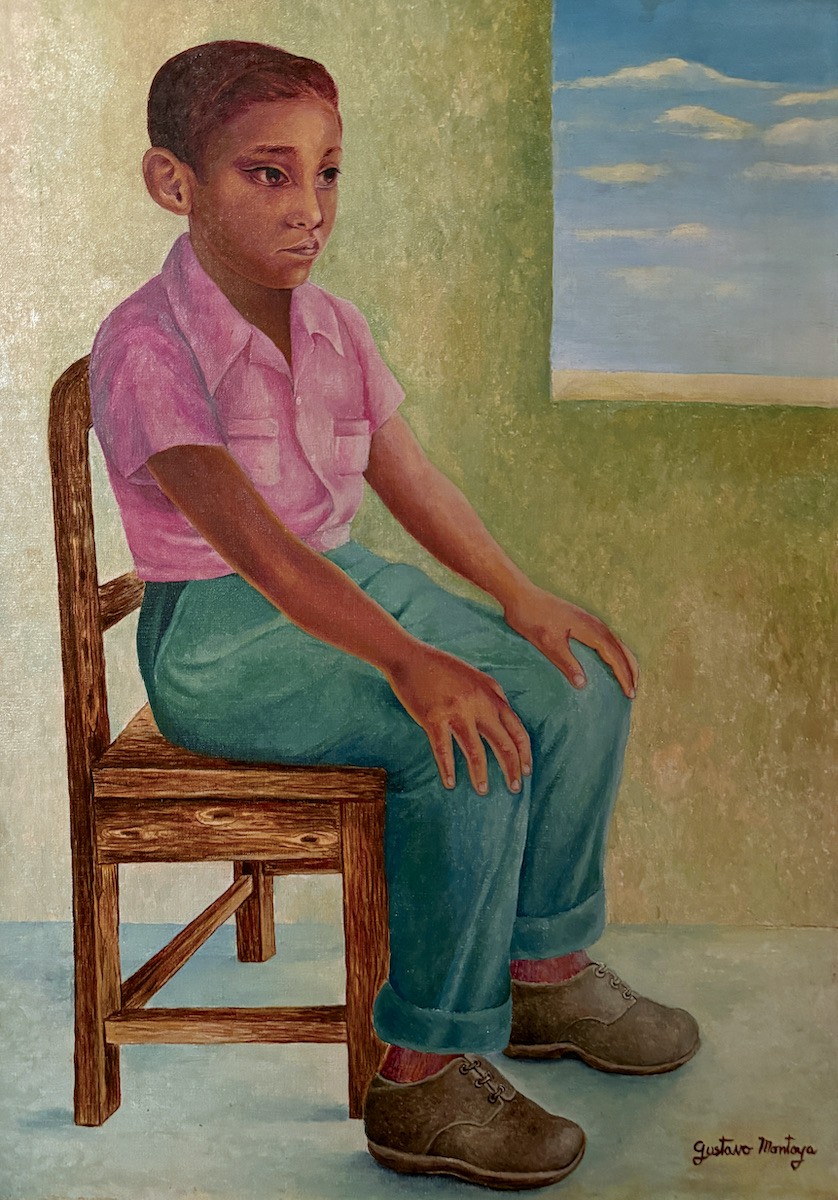Gustavo Montoya
Gustavo Montoya (Ciudad de México, 1905 – 2003) began his studies at the age of 13 at the Academia de San Carlos (San Carlos Academy of Fine Arts). Although he learned technical skills under the guidance of masters like Germán Gedovius and Roberto Montenegro, he considered himself largely self-taught, believing that true art resided in the spirit. In 1929, Montoya traveled to Los Angeles, where he worked as a poster illustrator and was briefly married to Luz Saavedra before returning to Mexico in 1933. Three years later, he became a teacher of color theory at the Escuela Nacional de Artes Plásticas (National School of Fine Arts).
In 1938, Montoya moved to Paris to study avant-garde art with his second wife, Cordelia Urueta. They traveled across Europe until the outbreak of World War II forced them to relocate to New York in 1939, where he exhibited at Alma Reed's gallery before returning to Mexico in 1942. Montoya became associated with the neorealist movement and resumed his teaching at the Escuela Nacional de Artes Plásticas (National School of Fine Arts) in 1953. He was a founding member of the Liga de Escritores y Artistas Revolucionarios (League of Revolutionary Artists and Writers) and the Salón de la Plástica Mexicana (Salon of Mexican Fine Art). His work focused on depicting the streets, markets, and inhabitants of Mexico, especially the working class, whom he considered the true essence of the country. After divorcing Cordelia Urueta in 1965, Montoya led a solitary life, distancing himself from artistic circles.


